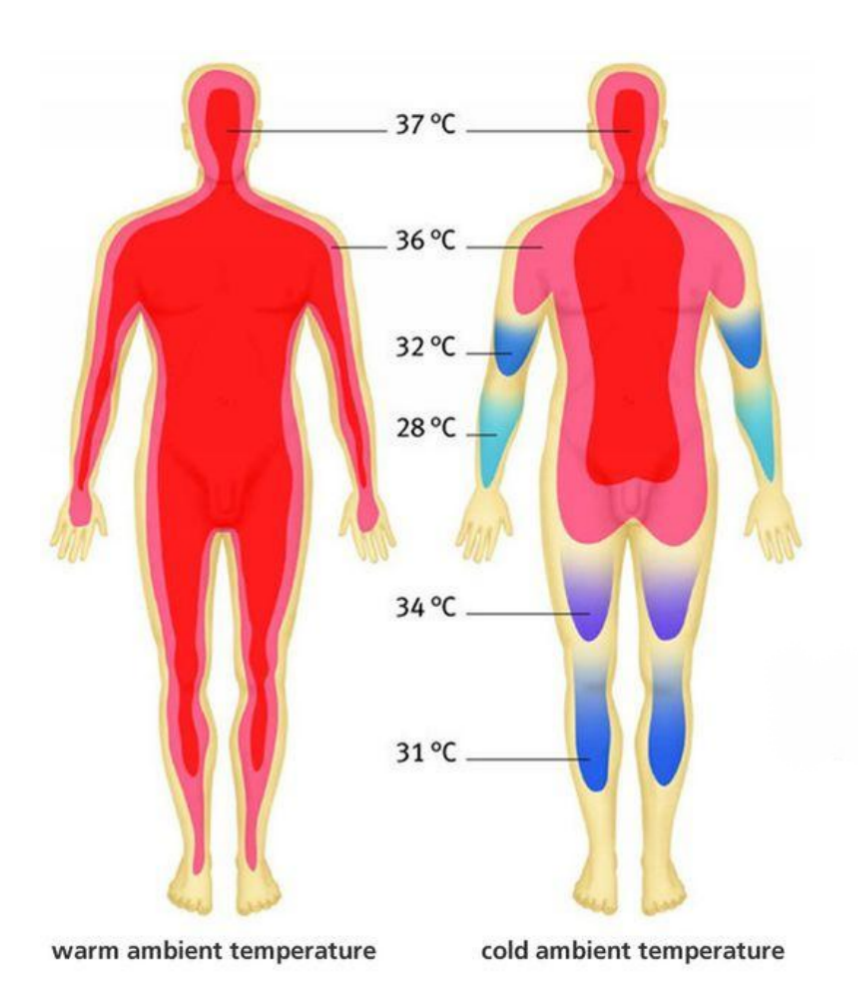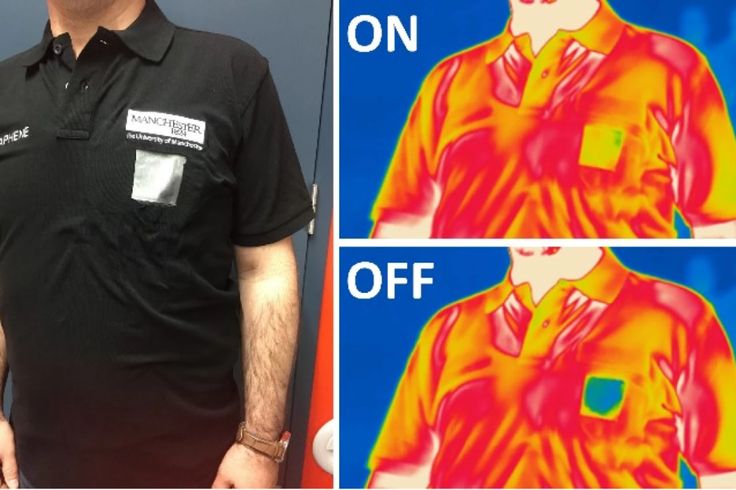Body temperature adaptive fabric: the "new skin" for dressing in the future
Imagine this scene: when you go out in the morning, the weather is slightly cold, and your coat can automatically heat up to protect you from the chill; In the afternoon, the sun is hot, and it automatically cools down to keep you fresh. When you get home at night, it can also provide the most comfortable microclimate according to your sleep temperature curve. This is not a plot from science fiction movies, but the future that scientists are striving to make a reality. This kind of "smart" fabric that can automatically adapt to body temperature is quietly changing our perception of clothes.

Traditional textiles, no matter how light and breathable, only passively block or conduct heat. And thermo-adaptive fabrics have the ability of active adjustment. Their core technology is usually to use the changes of physical or chemical characteristics of some special materials at different temperatures. One of the most striking is phase change materials (PCM).
The working principle of phase change materials is quite ingenious. You can think of it as countless tiny "energy batteries". When the surrounding temperature increases, these materials transition from solid to liquid, absorbing a significant amount of heat and thereby creating a cooling sensation. Just like when ice melts, it absorbs the heat around it. When the temperature drops, they solidify from liquid to solid, releasing the stored heat and providing you with warmth. Scientists embed these phase change materials into fibers in the form of microcapsules, or directly make coatings, giving ordinary fabrics the super power of "temperature control".

But only relying on phase change materials is not enough to deal with complex body temperature changes. More advanced smart fabrics introduce an "active" adjustment mechanism. For example, a technology called "responsive nanofibers". The fiber structure of this fabric can automatically open or close in response to temperature changes, much like a tiny valve. When the body temperature rises and sweating begins, the pores between the nanofibers will expand, increase air permeability, accelerate sweat evaporation and take away heat. When the body temperature drops, these pores will shrink, forming a more sealed insulation layer to prevent heat loss. This dynamic structural change makes clothes really an extension of your body, not a simple cover.
In addition to physical mechanisms, some research teams are exploring the use of biological or chemical reactions to regulate temperature. For example, using the sensitivity of some polymers to humidity or temperature, we can realize "intelligent contraction" or "intelligent expansion". When the human body perspires, the fabric absorbs moisture and shrinks, which makes the gap between fibers larger and enhances ventilation. There is a more advanced attempt to integrate tiny thermoelectric chips into fabrics and directly convert the temperature difference into electric energy by using Seebeck effect, so as to realize active heating or cooling, but this is still in the laboratory stage.

From passive thermal insulation to active temperature control, the breakthrough of body temperature adaptive fabric not only makes us more comfortable to wear, but also indicates a brand-new textile era. It will profoundly affect outdoor sports, medical care, and even the design of spacesuits. Imagine that future climbers don't have to dress in layers; Patients can monitor and regulate their body temperature through special clothes; Astronauts' spacesuits can cope with extreme temperature changes more accurately.
This technology also faces many challenges, such as how to achieve the sustainability of materials, how to reduce production costs, and how to ensure that these "smart" functions are still effective after repeated washing. But there's no denying that these seemingly sci-fi concepts are gradually becoming a reality. What we are creating is not a simple dress, but a "new skin" that can perceive, respond and coexist harmoniously with our bodies.
(Writer:Wanny)




